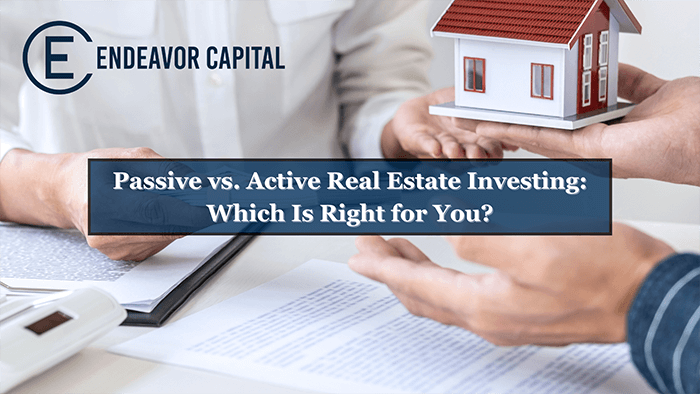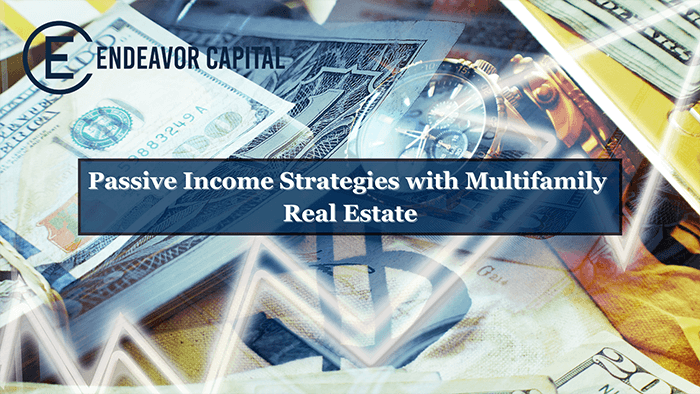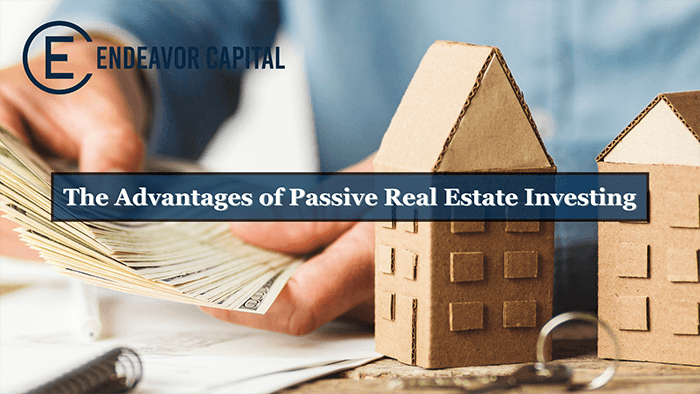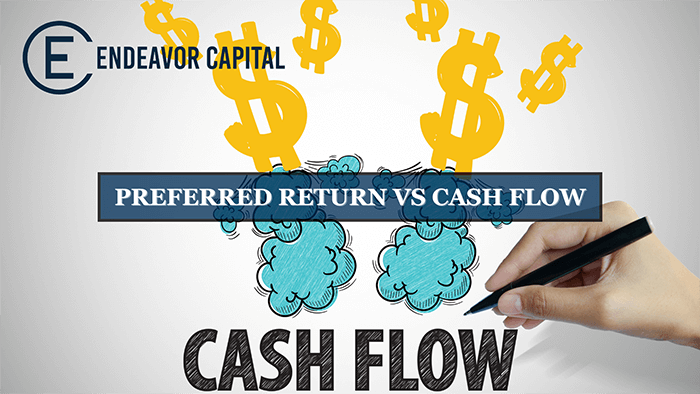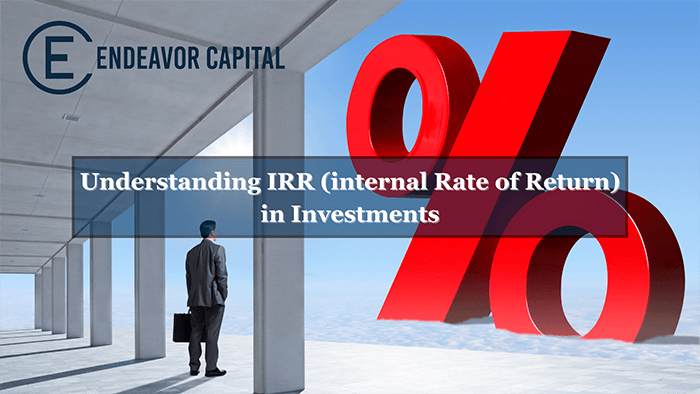When considering real estate as an investment option, one crucial decision you’ll face is whether to pursue an active or passive approach. In this article, we’ll explore the key differences between active and passive real estate investing and help you determine which one aligns better with your investment goals and preferences.
Active Real Estate Investing:
- Hands-On Involvement: Active investors are deeply involved in property management, which includes tenant selection, property maintenance, and addressing tenant concerns. If you enjoy being hands-on and have the time and expertise, active investing may be a good fit.
- Control and Decision-Making: Active investors have control over property decisions, allowing them to implement strategies that align with their vision. This level of control can be appealing for those with a strong interest in real estate.
- Learning Curve: Active investing requires a significant learning curve, especially for those new to the real estate market. Gaining experience and knowledge is crucial for success.
Passive Real Estate Investing:
- Limited Hands-On Involvement: Passive investors enjoy a hands-off approach. They rely on professionals to handle property management, reducing their time commitment and stress.
- Diversification: Passive investors can diversify their investments across various properties and markets, spreading risk and enhancing stability.
- Predictable Income: Passive investments often provide predictable income streams, making them ideal for those seeking passive income for retirement or financial security.
- Access to Expertise: Passive investors benefit from the expertise of syndicators or sponsors who manage multifamily investments. This expertise can lead to better investment decisions.
Ultimately, whether you choose active or passive real estate investing depends on your goals, resources, and preferences. If you’re looking for a hands-on experience and have the time and knowledge, active investing may be suitable. However, if you seek passive income, diversification, and the expertise of professionals, passive investing in multifamily real estate can be a lucrative and stress-free option.
In conclusion, understanding your investment style and goals is key to determining whether active or passive real estate investing is the right choice for you. Regardless of your preference, both approaches have their merits, and the decision should align with your financial objectives and lifestyle.


